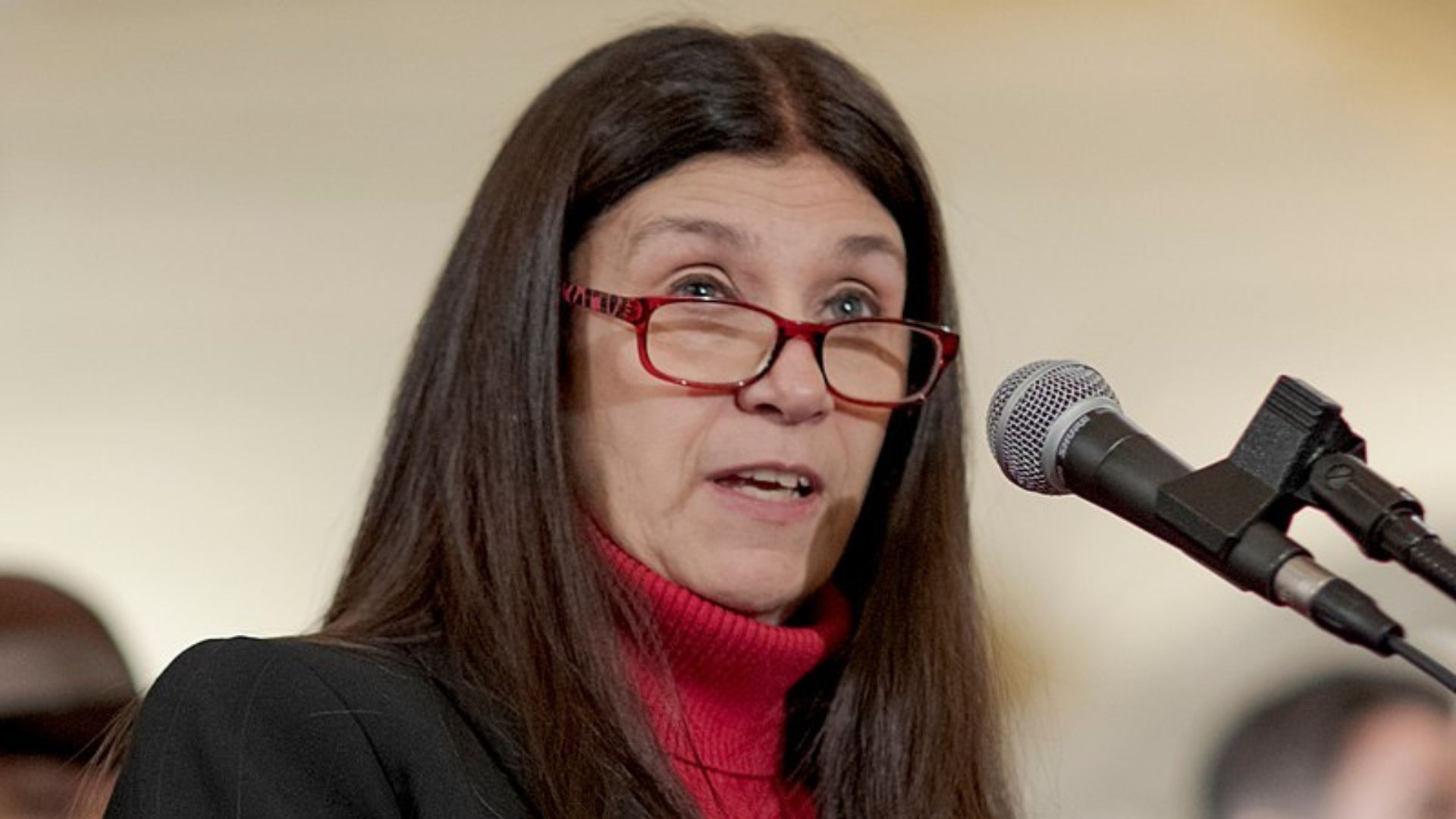Two unavoidable issues facing the country have become difficult to overlook: The cost of caring for the elderly in the United States is rising as the population ages.
All 73 million baby boomers will be over 65 by 2030. According to the Population Reference Bureau, the number of Americans over the age of 65 is expected to rise from 58 million in 2022 to 82 million in 2050.
New Solutions Needed

As Americans age and become unable to live independently, long-term care costs will continue to rise, necessitating a variety of solutions.
A new Forbes story shows how neglected “scarecrow” regulations could bankrupt groups of the elderly benefitting from care.
‘Sleeper Law’ Reemerges

As per Forbes, over around 50% of the states presently have regulations for adult children to be monetarily responsible for the care of their senior parents.
This may include medical, nursing home, and other expenses. These are old laws that are rarely followed but are still in place as a warning.
Pennsylvania Cases

However, two Pennsylvania cases in 2012 and 2019 demonstrated that these “scarecrow” laws could jeopardize middle-aged children’s financial futures.
ABC News reports that John Pittas was forced to pay nearly $93,000 for his mother’s stay in a nursing home in 2012 because her Medicaid application was not approved in time.
Medical Bills Act

This has driven Democrat state Rep. Kristine Howard to support a bill known as Stop Bankrupting Pennsylvanians Over Family Medical Bills Act.
“Pennsylvania’s outlier status in this regard is shameful,” Howard wrote in the bill notice in Spring. “Filial responsibility laws first emerged in the 17th century and became common in the colonies.”
Outdated Laws

Howard went on to comment that: “While they have generally fallen out of favor elsewhere, Pennsylvania stands as the only state to have enforced its filial responsibility law in the past 25 years.”
The financial burden can quickly add up she stated: “Given that Pennsylvania nursing homes average a cost of nearly $400 per day, this can quickly lead to bankruptcies.”
Costs of Long-Term Care

Katherine C. Pearson, an elder law expert, told Forbes, “Most adult children do undertake responsibilities for their parents as they age and especially if their parents’ abilities wane.”
She went on to say: “They do this because it is the right thing to do. They do this without laws obligating them to do so, thank goodness.”
Monthly Costs

The National Council on Aging’s statistics show that the median monthly cost of a nursing home can range anywhere from $5,125 in Texas to $31,512 in Alaska.
If you take the latter figure as an example: It amounts to $378,144 yearly, somewhat short of the average list for a home in Anchorage ($399,948).
Daily Health Care for Adults

As per Genworth, the month-to-month average expense in the U.S. for adult day medical services and assisted living facilities is $2,058 and $5,350.
The median monthly cost for a home health aide is $6,292 for in-home care services. In March, the cost of care for invalids and seniors at home was up an astounding 14.2% year over year, contrasted with a general inflation rate of 3.5%.
How to Protect Yourself

Private long-term care insurance is an alternative way to protect yourself from skyrocketing costs instead of relocating to a cheaper state.
In any case, Forbes reports that “a raft of carriers have stopped selling the policies because the risk is so high and healthy consumers aren’t buying policies because they fear premium increases.”
Medicare Coverage

Unless skilled nursing services are required, Medicare does not cover long-term care—even then, only for 100 days.
The majority of long-term care services and supports are covered by Medicaid. In 2020, over 30% of Medicaid’s $598 billion financial plan was for long-term care services, as per KFF.
Medicaid Eligibility

Nevertheless, you must ensure that the senior is eligible for Medicaid in their state given different criteria in different states.
For instance, according to MedicaidPlanningAssistance.org, in 2024, a single Pennsylvania nursing home Medicaid applicant must have assets of less than $2,000, a monthly income of less than $2,829, and a need for nursing home care.
With inflation causing Americans to tighten their wallets, the costs of caring for our elderly population will be another cause for concern when budgeting.
